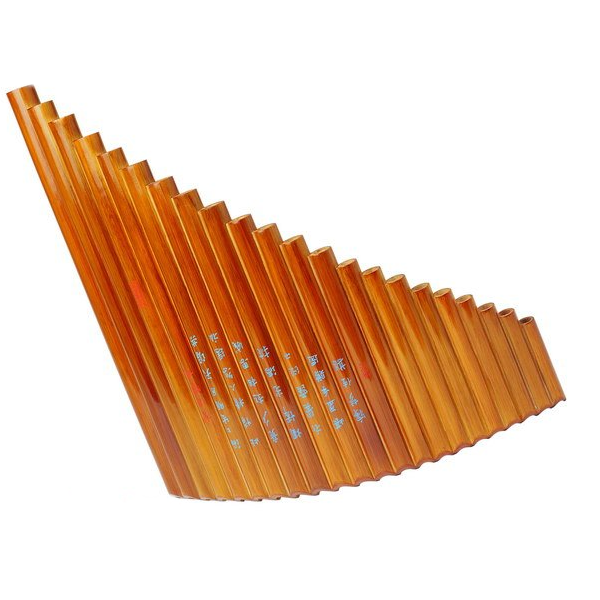gubanzi overview
 Gubanzi (pinyin: Gǔ bǎnzi) is a musical instrument of the Hui and Han nationalities. The Hui people call it sheep incense board and sheep fan board. Popular in the vast areas of Ningxia, North China and Northeast China. Since the 1950s, the bone board has been used for singing and dancing accompaniment and is a rhythm instrument with unique local characteristics. On festive occasions, the performers often strike and dance by themselves.
Gubanzi (pinyin: Gǔ bǎnzi) is a musical instrument of the Hui and Han nationalities. The Hui people call it sheep incense board and sheep fan board. Popular in the vast areas of Ningxia, North China and Northeast China. Since the 1950s, the bone board has been used for singing and dancing accompaniment and is a rhythm instrument with unique local characteristics. On festive occasions, the performers often strike and dance by themselves.The bone plate is made of cattle and sheep hip bones and is fan-shaped. The beef hip bone is generally about 34 cm high, 19 cm wide at the top and 6 cm wide at the bottom. The size of the sheep hip bone is slightly smaller. Five to seven small holes are drilled on the bone ridge on one side of the hip bone, and five to seven small copper bells are tied with leather strips or lead wires. On the left and right corners of the upper end of the fan, a small hole is drilled, and a thin spring wound with steel wire is fastened to each, and the spring ends are decorated with colored ribbons or decorated with colored balls. At the bottom of the lower end of the hip bone, a small hole is drilled, and an iron ring is tied, and the ring is decorated with a colorful ribbon. Two hip plates are one pair.
When playing, the player holds the narrowest part of the lower end of the hip bone, holds a board in each hand, and the two boards slap each other to make a sound. You can also shake the veneer in one hand to make a crisp ringtone. In the old days, when the poor were begging along the street, they often slapped this board and sang "jing-jing".
- Pinyin:Gǔ bǎnzi
- popular area:Ningxia, North China and Northeast China
- type:Mutual sounding instrument
- Material:Beef and sheep hip bones
overview of other similar instruments
- sanyanxiao overview
- Daguangxian overview
- Leiqin overview
- hahao overview
- yandundagu overview
- Han Xiaozheng overview
- Fang Xiang overview
- guanzi overview
- zhuqin (Dao Qin) overview
- zhuiqin overview
- bangzi overview
- three-stringed piano overview
- Gehu overview
- xiao overview
- xiaokonghou overview
- Konghou overview
- Sheng overview
- suona overview
- hulusi overview
- gushao overview
 渝公网安备 50010702504639号
渝公网安备 50010702504639号